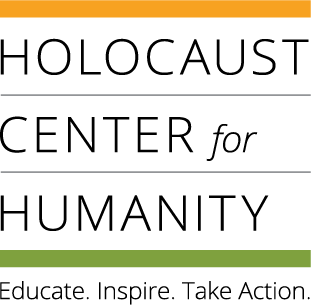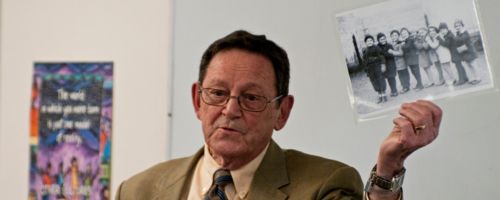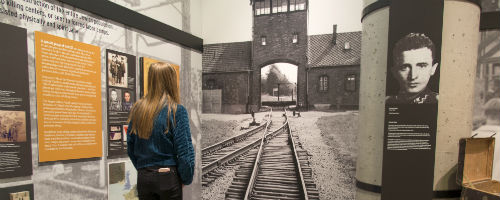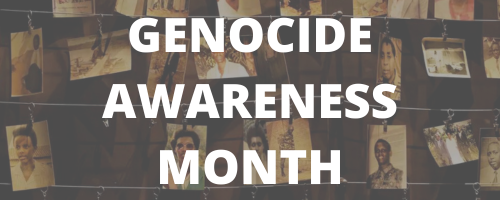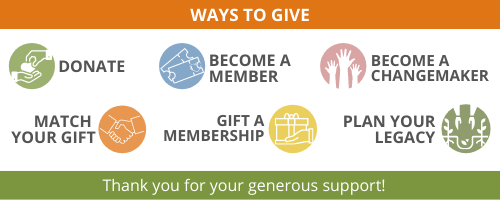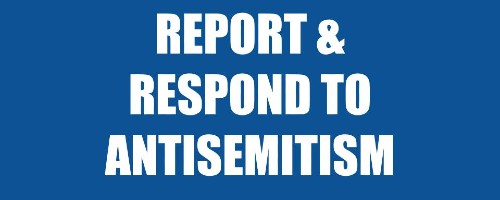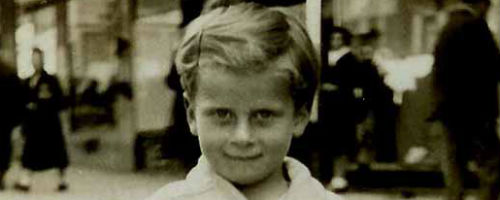
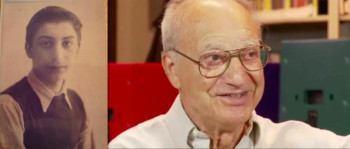
In Memoriam: Holocaust Survivor Herbert Friedman. It is with sadness that we announce the passing of Holocaust survivor Herbert Friedman on October 1, 2020 in Maryland. He is survived by his wife, three sons, 7 grandchildren and 3 great-grandchildren. Herbert’s son, Ron Friedman is a Holocaust Center for Humanity Board member, Legacy Speaker, and longtime supporter.
Ron Friedman is the son of Herbert Friedman, born in 1924 in Vienna, Austria.
 “It is important to remember an event such as the Holocaust. It is a reminder to us all of the evils of bigotry and humiliation of others. Unfortunately, there are many holocausts in the world — both big and small — which have occurred since, and continue to occur. And it is left to ensuing generations to resonate the lessons of history.” – Ron Friedman
“It is important to remember an event such as the Holocaust. It is a reminder to us all of the evils of bigotry and humiliation of others. Unfortunately, there are many holocausts in the world — both big and small — which have occurred since, and continue to occur. And it is left to ensuing generations to resonate the lessons of history.” – Ron Friedman
Herbert Friedman escaped from Vienna at age 14 aboard the Kindertransport. This event, and the ensuing years before Herbert’s emigration to America, were the defining moments of his life.
Herbert's family traveled from Radom, Poland to Vienna in the early 1920s. At the time, Jews played a central role in Viennese culture.
Herbert had a happy childhood. He attended public school during the day and Hebrew school at night. His mother stayed at home, and his father worked as a shoemaker. They lived in an apartment in a middle class neighborhood of Vienna and Herbert had many friends, Jewish and Christian. Herbert loved to swim, including in the Danube River in Vienna, known for its strong currents. At the age of 12, Herbert and another youth saved a young women from drowning in the Danube.
In March 1938, Austria fell under Nazi occupation and became part of the German Republic and the lives of all Jews came under threat. Herbert was immediately expelled from school by the Nazis, and Jews all over the region suffered. A particularly brutal act of anti-Jewish violence occurred in November 1938, Kristallnacht , when Jewish shops were smashed and looted, synagogues burned, Jewish businesses dissolved, and hundreds were arrested and taken away, never to be seen again.
Following Kristallnacht , Herbert knew there was no future life for the Jews of Vienna and he resolved at the age of 13 to escape. Through a series of unlikely events, Herbert was able was to meet an organizer of the short-lived Kindertransport (Childrens’ Trains) and to become a passenger on the first train of ten that left Vienna. The Kindertransport is credited with saving 10,000 children in Europe from facing a certain death in the gas chambers of Europe. Only 10 trains escaped before the Nazis ended the Kindertransport . Herbert was lucky to be among them. In the end, 1,500,000 children are estimated to have died in the Holocaust. Nine out of 10 of the children who were fortunate enough to have escaped on the “Kindertransport” never saw their parents again. Herbert took refuge in England throughout the war years, and was extremely lucky to have his family join him there before all immigrated to the U.S.
The pre-war years in Vienna and the Kindertransport were the defining moments of Herbert’s life. They affected him through courageous service in the U.S. Army in both WWII and the Korean War, raising a family, and successful career as a pharmacist.
Ron Friedman is an attorney in Seattle and a member of the Holocaust Center's speakers bureau where he shares his father's story.
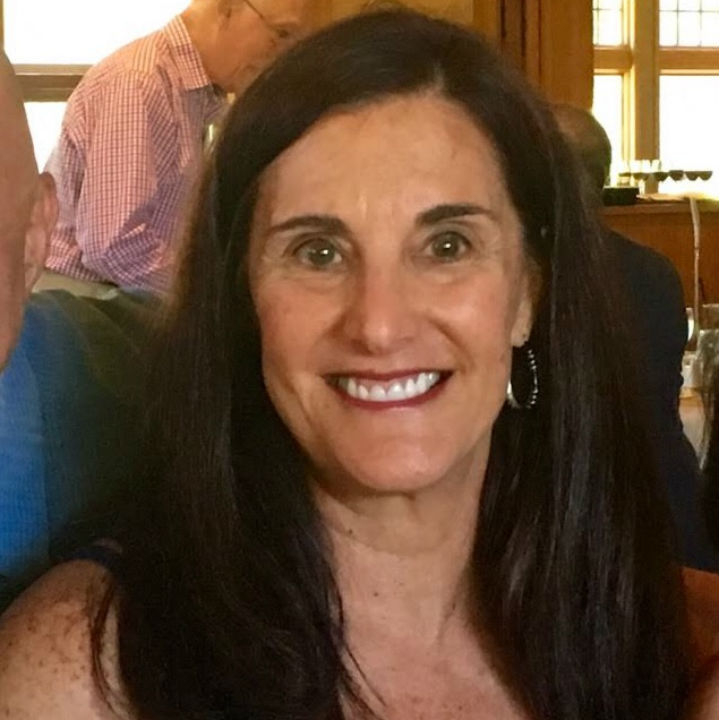
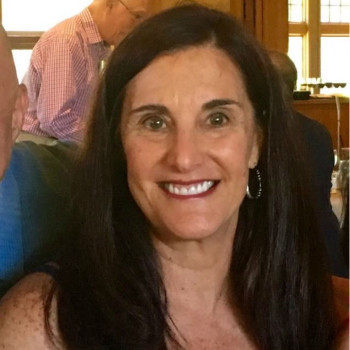 Randee Kissinger's mother was a cousin of Vera Frank Federman's husband. Vera was born June 27, 1924. She grew up in Debrecen, Hungary as an only child, but with a large extended family. She studied both English and German and graduated from a girls’ high school.
Randee Kissinger's mother was a cousin of Vera Frank Federman's husband. Vera was born June 27, 1924. She grew up in Debrecen, Hungary as an only child, but with a large extended family. She studied both English and German and graduated from a girls’ high school.
On March 19, 1944 the Nazis occupied Hungary and soon thereafter deprived Jews of their civil rights. The Nazis, assisted by the Hungarian Arrow Cross, forced Jews out of their homes, businesses, and schools and into ghettos. Vera and her family, including her best friend and cousin, Marika Frank, were rounded up into the Debrecen ghetto along with the remaining Jewish population of their town. After several months in the ghetto and doing forced labor in a brick factory, they boarded cattle cars to Auschwitz Concentration Camp. It was June 27th 1944, Vera’s 20th birthday.
Vera was in Auschwitz for six weeks before the Nazis sent her to a munitions factory in Allendorf, a sub camp of Buchenwald, where she was a slave laborer. American forces liberated her there on March 28th, 1945. When Vera spoke later about this factory, she said that whenever they could, she and her friends did not fill the bullets with gun powder.
Vera was the only surviving member of her immediate family. After the war, she came to Seattle on a scholarship from the Hillel Foundation to attend the University of Washington. She married Marvin Federman and had two children.
Vera was a member of the Holocaust Center’s Speakers Bureau for many years. Vera passed away in 2017.
As a relative of Vera’s husband, Randee was always interested in Vera’s story . After Vera passed away, Randee decided that she wanted to tell her cousin’s story to students in the Pacific Northwest. Utilizing two testimonies by Vera at the Holocaust Center, Randee and the Center worked to develop a presentation using Vera’s video clips. Randee is currently a teacher at Maywood Middle School in Renton, WA where she teaches the Holocaust. She became a member of the Speakers Bureau in 2018.
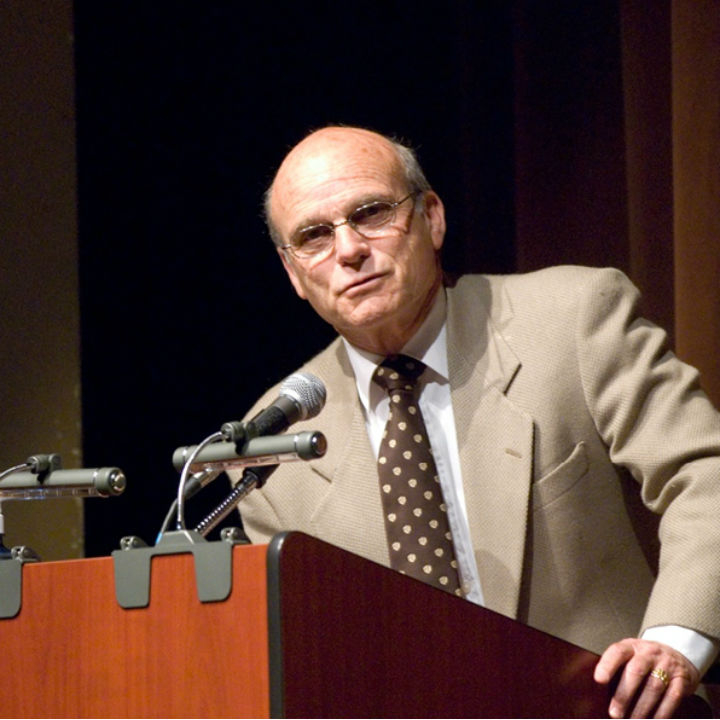
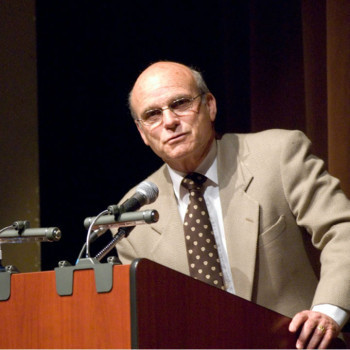 Peter was born in Amsterdam in 1935. In 1942, when Peter was 7, the Nazis seized Peter's entire family except for Peter and his mother. Peter's mother contacted the Dutch Underground for help. The Underground found Klaas and Roefina Post who agreed to shelter Peter and his mother on their small farm in northern Holland, putting their own lives at risk. For two years they lived with the Posts until it became too dangerous and they found another hiding place with two women in The Hague. Peter, his mother, and his aunt were the only survivors of his family. Klaas and Roefina Post have been recognized as Righteous Among the Nations by Yad Vashem.
Peter was born in Amsterdam in 1935. In 1942, when Peter was 7, the Nazis seized Peter's entire family except for Peter and his mother. Peter's mother contacted the Dutch Underground for help. The Underground found Klaas and Roefina Post who agreed to shelter Peter and his mother on their small farm in northern Holland, putting their own lives at risk. For two years they lived with the Posts until it became too dangerous and they found another hiding place with two women in The Hague. Peter, his mother, and his aunt were the only survivors of his family. Klaas and Roefina Post have been recognized as Righteous Among the Nations by Yad Vashem.
After the war, Peter and his mother immigrated to the United States in 1949, arriving in New York. Peter was 13 and didn't speak any English, but was placed in the 8th grade. Peter had a long career as a radiology technologist. He and his wife Bea raised two children from Pete's previous marriage and had a third son in California. The Metzelaars moved to Seattle in 1997. Peter continues to be an active member of the Holocaust Center for Humanity's Speakers Bureau.
"My mother and I slept together in a bed that was inside a closet. I remember lying in that bed trembling in fear at times." - Peter Metzelaar
Survivor Encyclopedia: Washington State - Peter Metzelaar. Read more about Peter, view photos and watch video clips.
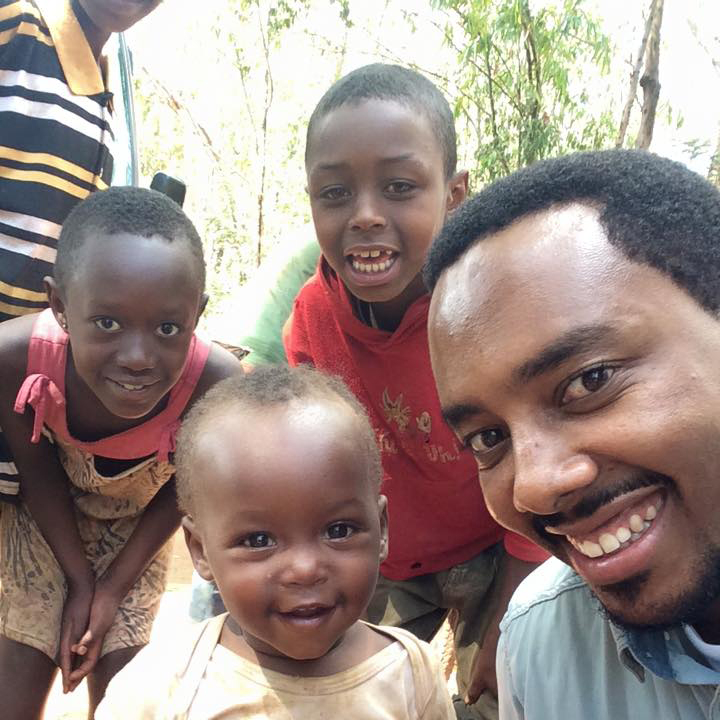
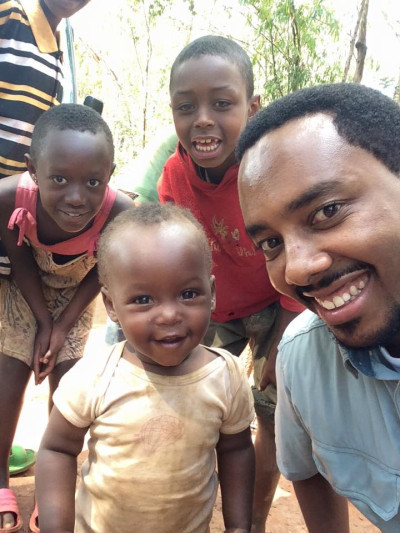 In 1959, at a time of political unrest in Rwanda, Paul Karemera’s grandparents on both sides of his family left their homes in Rwanda and became refugees in neighboring Uganda.
In 1959, at a time of political unrest in Rwanda, Paul Karemera’s grandparents on both sides of his family left their homes in Rwanda and became refugees in neighboring Uganda.
They belonged to the Tutsi tribe – the group targeted in the Rwandan genocide. Throughout the 1960s through the early 1990s, tribal tensions flared back in Rwanda. Paul, his siblings, and parents remained refugees in Uganda.
As a young student, Paul was harassed and bullied as an outsider in Uganda, despite having been born there. When civil war and then genocide gripped Rwanda in 1990-1993, Paul’s father was active in transporting soldiers over the border of Uganda into Rwanda. These soldiers were part of the Rwandan Patriotic Front (RPF) that fought the genocide’s perpetrators and eventually took over the nation’s government.
At 16, shortly after the genocide against the Tutsi, Paul went back to Rwanda as a “returnee” to the country. Many friends and family had not survived. Paul’s next years involved attending an English language high school and settling into life in Rwanda, which was not easy for him. Nationwide, the genocide’s wounds were still raw. Gacaca courts for restorative
justice were instituted, but many Hutu perpetrators were never apprehended.
Paul has been an English interpreter and travel guide since 2000. In 2009 Paul and his wife, Shelly, founded a travel company, Intore Expeditions, in Rwanda. He now splits time between Seattle and Rwanda. Paul wants students and other audiences in the United States to learn more about Rwandan history and the genocide.
